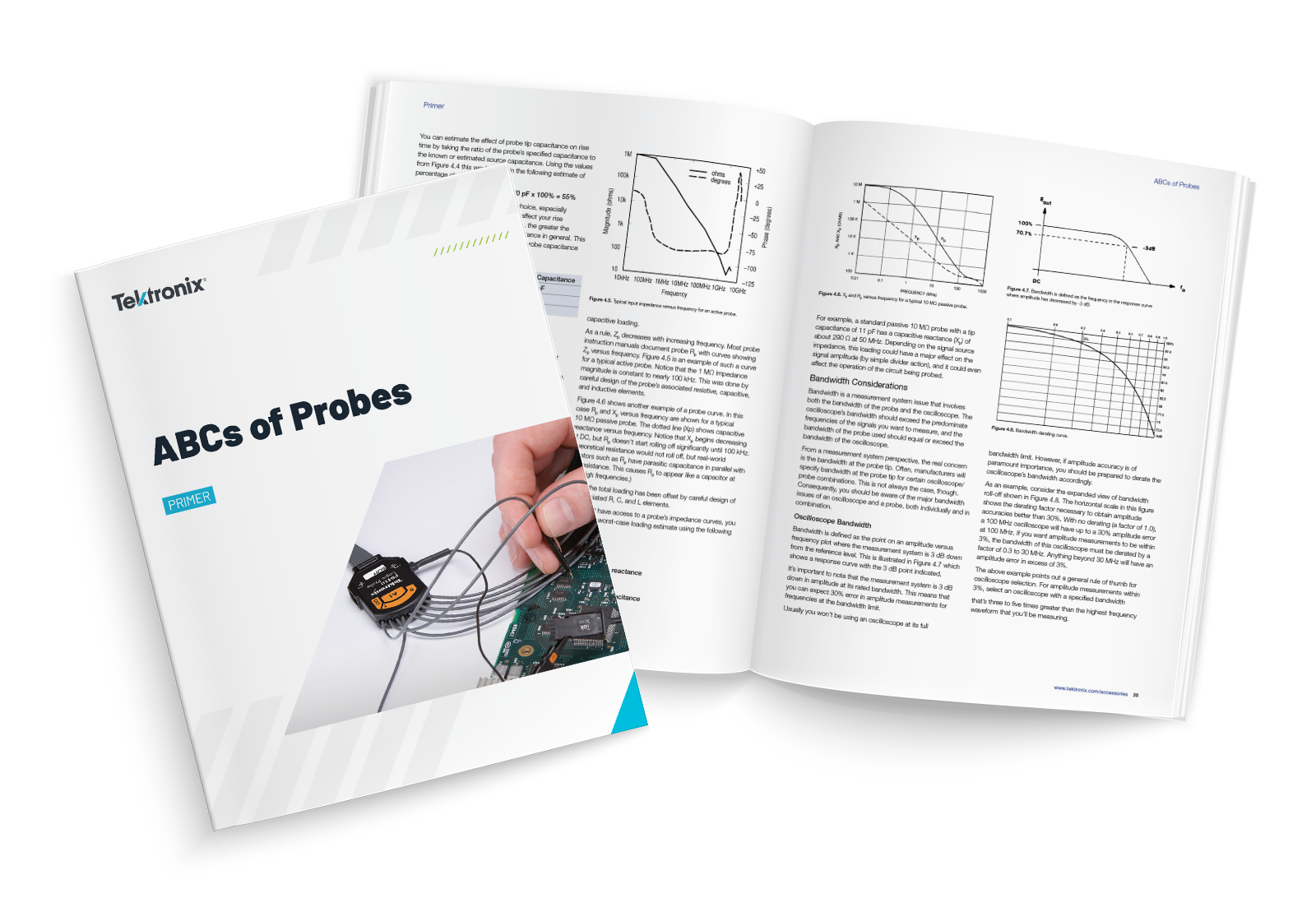FreshmanNewbie
Full Member level 6
I am using a scope that has two termination inputs. 1Mohm and 50ohms internal termination on the probe inputs.
My question is :
1. Suppose I connect the probe to a USB differentia signal. I connect only 1 probe to D+. The ground of the probe is connected to the ground. Which termination scope mode should I use? 1Mohm or 50ohms?
I am not aware on what would be the single ended impedance of D+ line with respect to ground. So, I am not sure which termination setting I need to keep. So, I assume I need to keep 50ohms mode.
2. Suppose, I use a differential probe, I need to connect the differential probe terminals to both ends of the USB lines. I need to make sure that the impedance of the differential probe should be 90ohms matching the USB differential impedance. Correct?
My question is :
1. Suppose I connect the probe to a USB differentia signal. I connect only 1 probe to D+. The ground of the probe is connected to the ground. Which termination scope mode should I use? 1Mohm or 50ohms?
I am not aware on what would be the single ended impedance of D+ line with respect to ground. So, I am not sure which termination setting I need to keep. So, I assume I need to keep 50ohms mode.
2. Suppose, I use a differential probe, I need to connect the differential probe terminals to both ends of the USB lines. I need to make sure that the impedance of the differential probe should be 90ohms matching the USB differential impedance. Correct?
